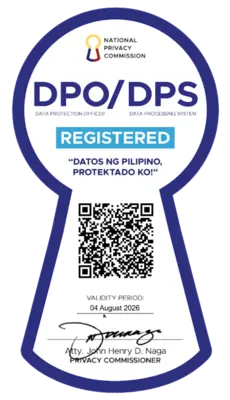World's oldest toothpaste formula found on papyrus scroll
What do you get when you mix rock salt, mint, dried iris flower and pepper? A taste of what could be the world's oldest toothpaste, of course.
The recipe, discovered on a dusty piece of papyrus in a Viennese museum, predates the first commercial toothpaste brand by 1,500 years, UK's The Telegraph reported.
"Nobody in the dental profession had any idea that such an advanced toothpaste formula of this antiquity existed," said Dr. Heinz Neuman, who attended the meeting where the recipe was unveiled at a dental congress in Vienna.
Upon trying the toothpaste, Neuman gave this verdict: "I found that it was not unpleasant. It was painful on my gums and made them bleed as well, but that's not a bad thing, and afterwards my mouth felt fresh and clean."
"I believe that this recipe would have been a big improvement on some of the soap toothpastes used much later," he added.
Citing the document written in the fourth century AD, the report said the toothpaste called for "one drachma of rock salt - a measure equal to one hundredth of an ounce - two drachmas of mint, one drachma of dried iris flower and 20 grains of pepper, all of them crushed and mixed together."
One need only to mix the formula with saliva in the mouth to form a "clean tooth paste," it added.
The report said dentists only recently discovered the beneficial properties of the iris, which is effective against gum disease and is now in commercial use again.
In contrast, modern toothpaste is a mix of sodium fluoride, a cleansing product; and triclosan, a whitener, and E number flavorings.
Written in Greek
The recipe, written in Greek, the official language of Egypt for about 1,000 years until the last temples closed in the sixth century AD, was discovered among ancient Egyptian documents such as stone and clay tablets gathered by the Habsburgs, the rulers of the Austro-Hungarian empire.
The foundation of the collection was a mass of papyri bought in 1878 after being found on a rubbish dump outside the ancient Egyptian city of Crocodilopolis.
"It's a fascinating document. It was written by someone who obviously had some medical knowledge, as he used abbreviations for medical terms," said Dr. Hermann Harrauer, who heads the papyrus collection at Austria's National Library in Vienna and who found the recipe.
He added the document's back contained details of correspondence between monasteries.
"Maybe he was a monk. By the fourth century AD, Egypt had been Christianised and Christian monks were also physicians, and this would fit in with what we know," he said.
"We still don't have an idea about half of what is here. It's a treasure trove waiting to be opened," Harrauer added. — TJD, GMA News




